对硝基氯苯降解菌的筛选与鉴定毕业论文
2020-06-30 21:13:38
摘 要
在本实验中,收集了来自南京化学厂曝气池的污泥样品。在MMN基本培养基中,加入对硝基氯苯作为唯一碳源与与氮源。 通过富集培养和涂布纯化,从受对硝基氯苯污染的土壤中分离筛选三株能够降解对硝基氯苯的菌株,分别命名为XT10,XT12,XT23菌株,。然后对分离的微生物菌株进行了鉴定, 并利用高效液相色谱法测定三株菌株分别降解对硝基氯苯的能力, 结合单因素试验法确定三株对硝基氯苯降解菌培养条件的最优PH和最优接种量,并确定菌株在最优pH和最优接种量下降解对硝基氯苯的能力,其中XT10菌株在PH为7、接种量10%的培养条件下降解对硝基氯苯的效率最高,达到了66.1%,XT12菌株在PH为7、接种量10%的培养条件下降解苯胺的效率最高,达到了66.2%,XT23菌株在PH为7、接种量10%的培养条件下降解苯胺的效率最高,达到了64.2%,因此,获得了降解苯胺最高效的菌株XT12,其培养的最优pH为7,最优接种量为10%。
关键词:对硝基氯苯降解菌 生物降解 高效液相色谱法
Screening and Identification of p-Nitrochlorobenzene Degrading Bacteria
Abstract
In this experiment, sludge samples from aeration tanks of Nanjing Chemical Factory were collected. In the MMN minimal medium, p-nitrochlorobenzene was added as the sole carbon source and nitrogen source. Through enrichment culture and coating purification, three strains capable of degrading p-nitrochlorobenzene were isolated and selected from the soil contaminated with p-nitrochlorobenzene, and were named XT10, XT12, and XT23 strains, respectively. The isolated strains of microorganisms were then identified, and the ability of the three strains to degrade p-nitrochlorobenzene was determined by high performance liquid chromatography. The single factor test method was used to determine the culture conditions of the three strains of p-nitrochlorobenzene degrading bacteria. Optimize PH and optimum inoculum size, and determine the ability of the strain to degrade nitrochlorobenzene under optimum pH and optimal inoculum size. Among them, XT10 strain degrades nitro under pH 7 and 10% inoculation. The efficiency of chlorobenzene was the highest, reaching 66.1%. XT12 strain had the highest efficiency of degradation of aniline at a pH of 7 and inoculation of 10%, reaching 66.2%. XT23 strain was cultured at a pH of 7 and an inoculum of 10%. The efficiency of degradation of aniline under conditions was the highest, reaching 64.2%. Therefore, XT12, the most efficient strain for the degradation of aniline, was obtained with an optimal pH of 7 and an optimal inoculum of 10%.
Keywords: p-nitrochlorobenzene degrading bacteria biodegradation p-nitrochlorobenzene HPLC
目 录
摘 要 I
Abstract II
第一章 绪论 1
1.1 前言 1
1.2 氯苯类化合物对土壤的污染 1
第二章 实验材料与方法 4
2.1 实验材料 4
2.1.1 土壤样 4
2.1.2 培养基 4
2.1.3 对硝基氯苯储备液 4
2.1.4 微量元素储备液 4
2.1.5实验试剂 5
2.1.6 实验仪器 5
2.2 实验方法 6
2.2.1 对硝基氯苯降解菌的筛选 6
2.2.2菌种的表面形态观察 6
2.2.3 对硝基氯苯的测定 7
2.2.6 微生物降解对硝基氯苯能力测定 8
2.2.7 对硝基氯苯降解菌条件优化 8
第三章 实验结果与分析 10
3.1 对硝基氯苯降解菌的筛选结果 10
3.2 对硝基氯苯降解菌的鉴定 10
3.3 对硝基氯苯降解菌的降解能力 11
3.3.1 标准曲线 11
3.3.2 XT10菌株降解对硝基氯苯 12
3.3.3 XT12菌株降解对硝基氯苯 13
3.3.4 XT23菌株降解对硝基氯苯 15
第四章 结论与展望 17
4.1结论 17
4.2展望 17
参考文献 18
致 谢 20
第一章 绪论
1.1 前言
目前,作为化学基础原料的对氯硝基苯已被世界许多地区广泛应用于燃料,农药,医药,工程塑料,橡胶添加剂等领域,全球总产量的60%以上的对硝基氯苯都来自于中国,因此中国已成为全球领先的对硝基氯苯制造商和供应商。对硝基硝基苯作为持久不易降解的有机物质释放到环境中,被中国环境部认定为重点污染环境的化学原料之一。目前,对硝基氯苯对水体的污染是中国的主要研究对象,相关检测方法和检测标准还倾向于使用气相色谱和电子捕获传感器来检测水中对硝基氯苯的含量。该方法的预处理复杂,不适用于土壤中对硝基氯苯的检测。迄今为止,硝基氯苯在土壤中的测量及相关检测方法中国并未作出相应的规定。本研究采用甲醇与水提取和高效液相色谱法测定土壤中对硝基氯苯的含量。预处理简单易行,检测速度快,使用试剂药物量小,处理方法简单有效,回收率令人满意,准确度高。该方法可用于土壤环境中对硝基氯苯的监测。本研究采用甲醇与水提取和高效液相色谱法测定土壤中对硝基氯苯的含量对土壤环境中对硝基氯苯的进行监测。
对硝基氯苯是化工原料中不可缺少的一部分,在有机化工,塑料,染料,香料,农药和医药等行业得到十分广泛的应用。同时,氯苯类物质具有很强的毒性,可长期存在于环境中,对环境造成不可磨灭的影响。美国环境保护署将其确定为应优先控制的污染物。为改善氯苯对环境的危害,能够将降解氯苯的微生物从各种环境中分离出来成为国内外研究人员研究的热门话题,采用生物法改善氯苯污染已经得到国内外研究人员的一致认同。
相关图片展示:
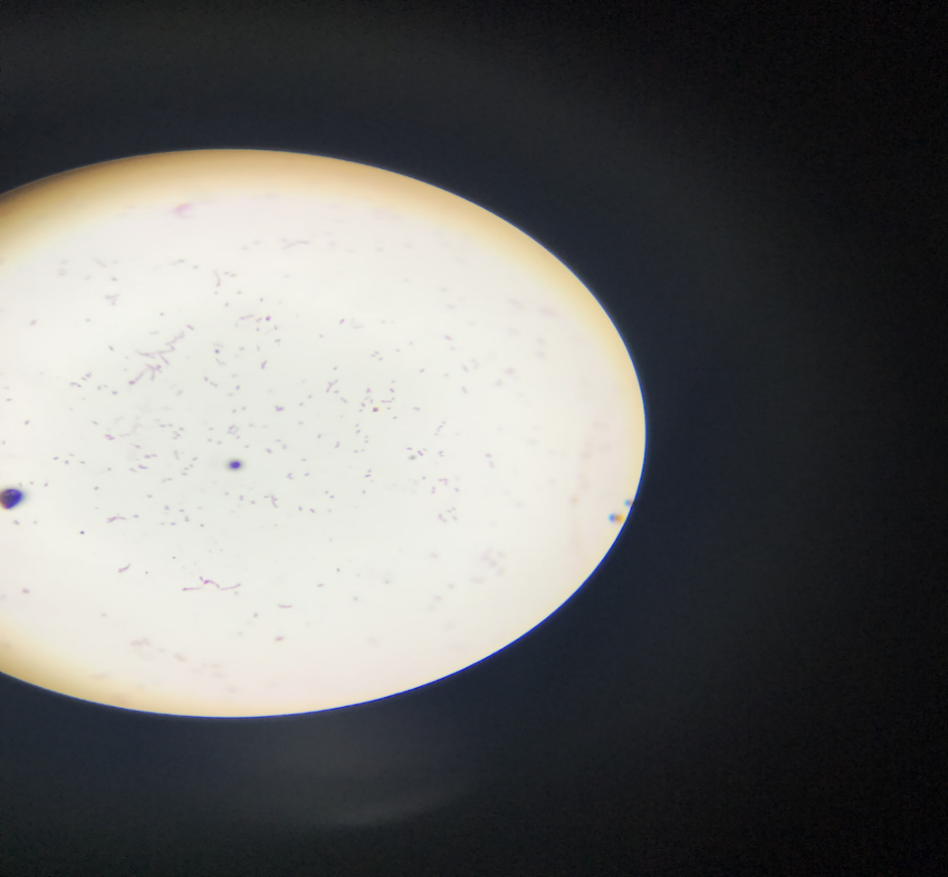
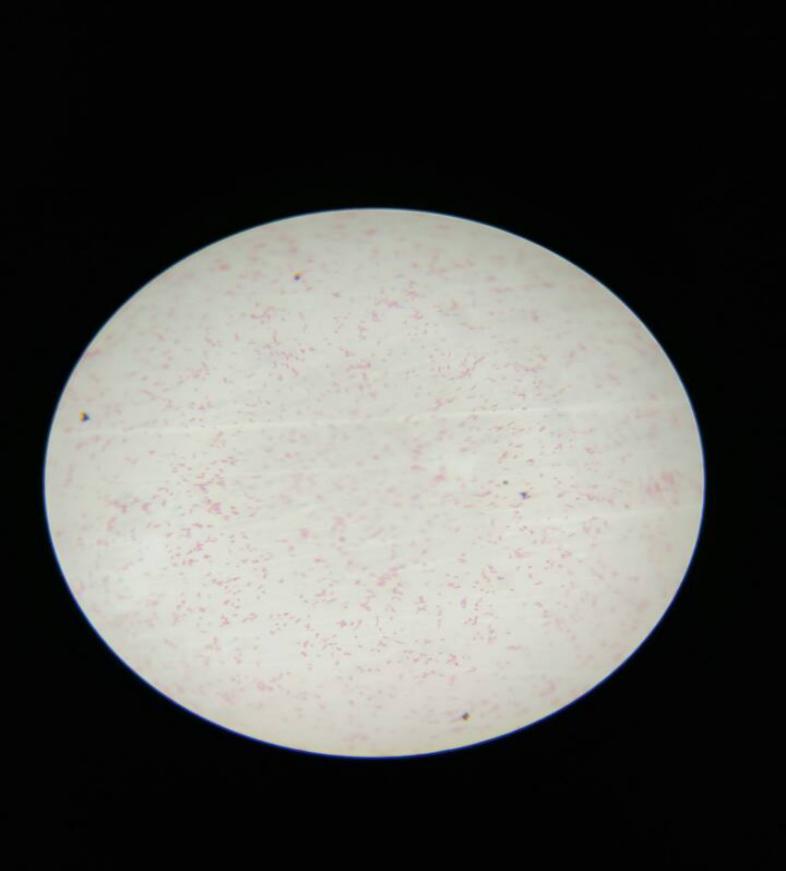

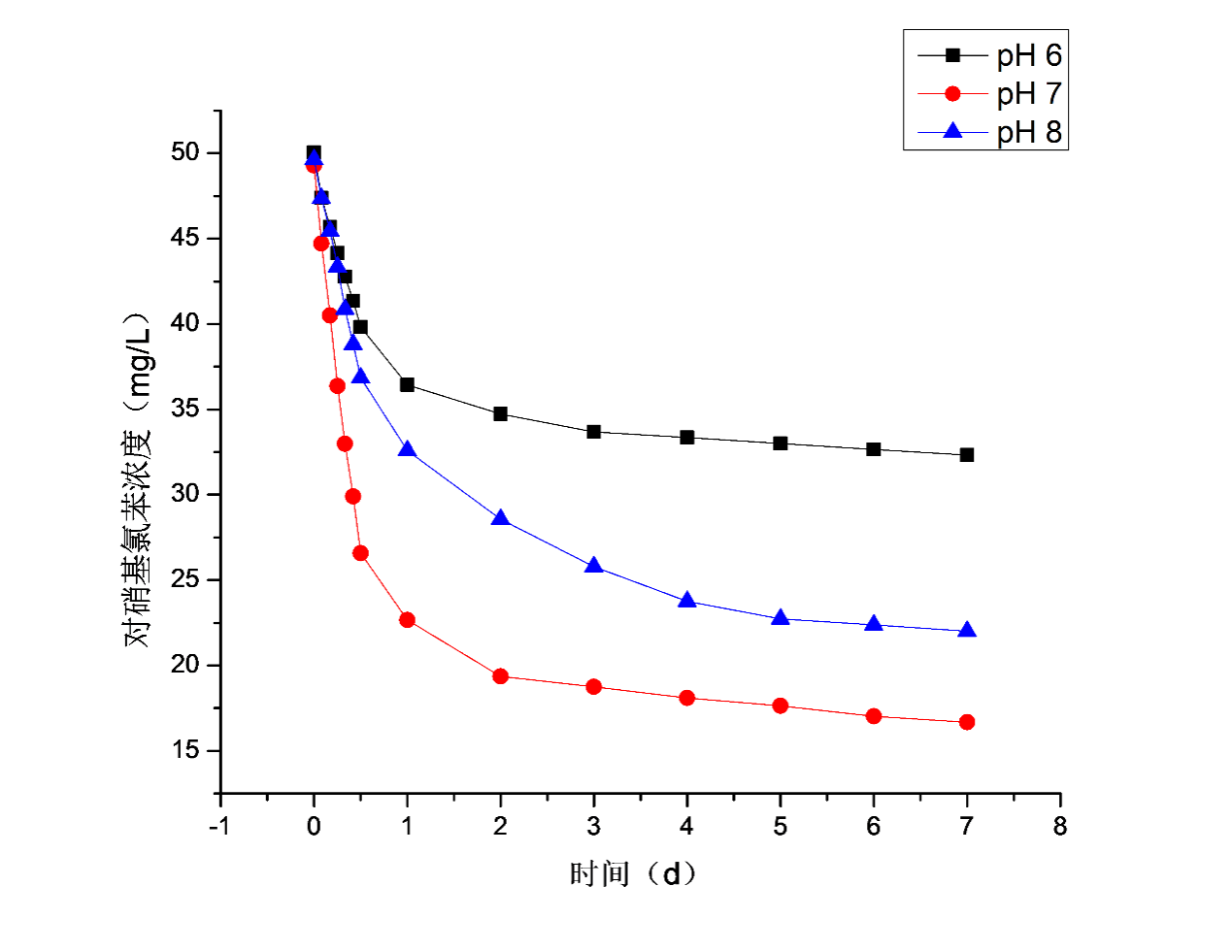

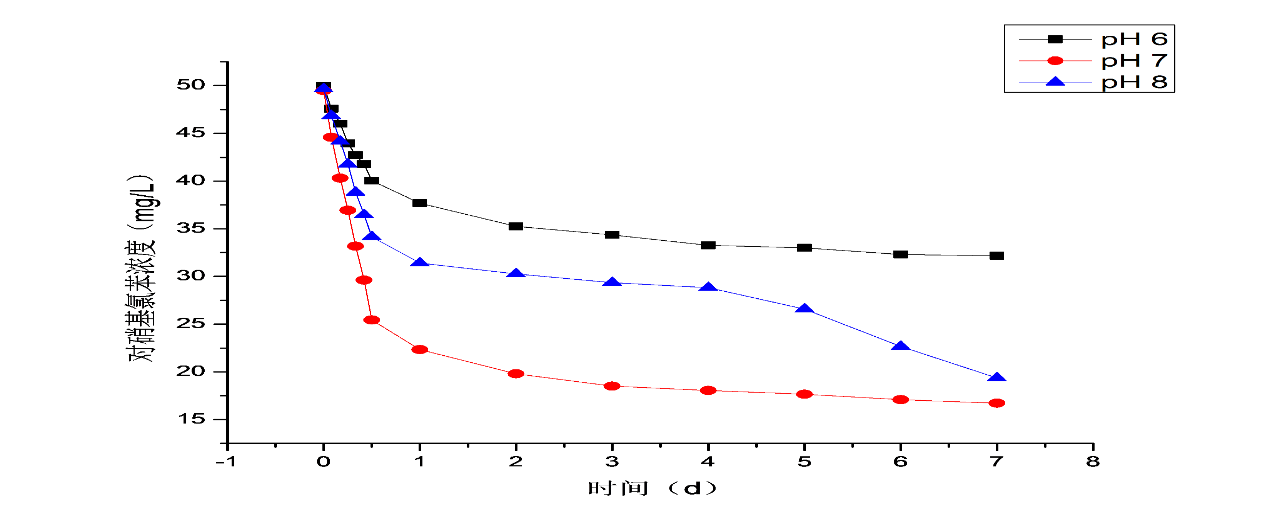
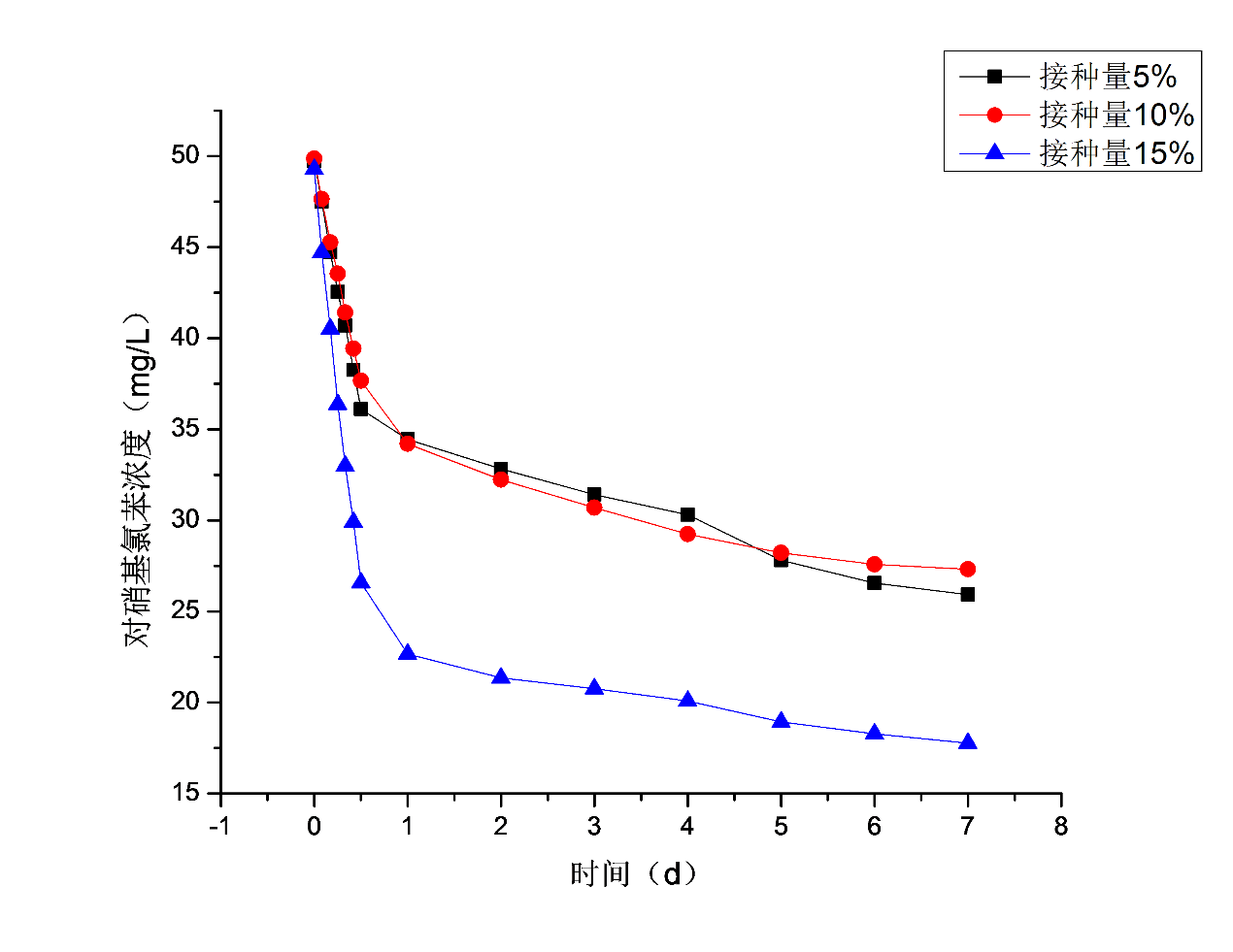
课题毕业论文、开题报告、任务书、外文翻译、程序设计、图纸设计等资料可联系客服协助查找。



